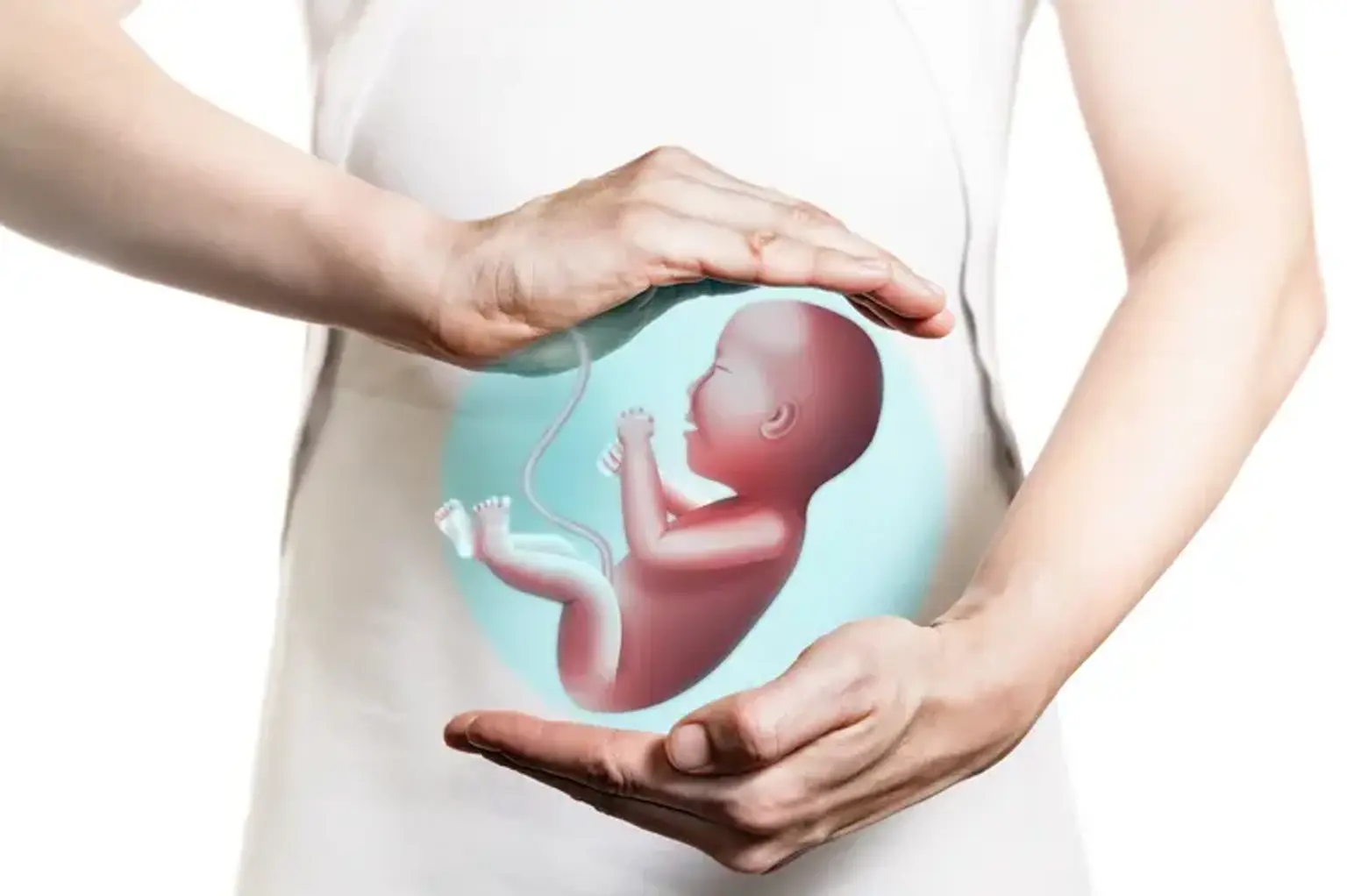IVF with Frozen Embryos
Overview
Preparing for your frozen embryo transfer can bring uncertainty, worry, and fear to couples who have had failed IVF cycles. Bringing new life and starting a family is a dream that many couples have, but fertility is not always an easy path. Fortunately, for people who have already had one (or more) In-Vitro Fertilization (IVF) cycles and have frozen embryos left over, previous attempts at embryo transfers or IVF can provide a large number of embryos for future attempts.
